Wolves in Yellowstone

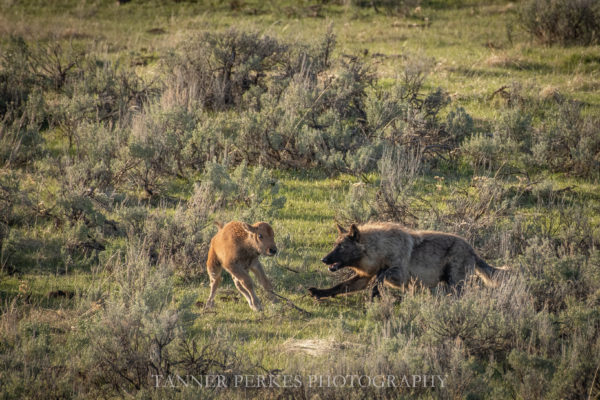
The Wolf
Yellowstone was founded to protect it's natural, wild beauty. The wolves in Yellowstone, however, have not always been invited to the protected wilderness club. When the Park was first founded, understanding of ecosystems was different, and wolves were considered negative for the health of Yellowstone because they killed other animals.
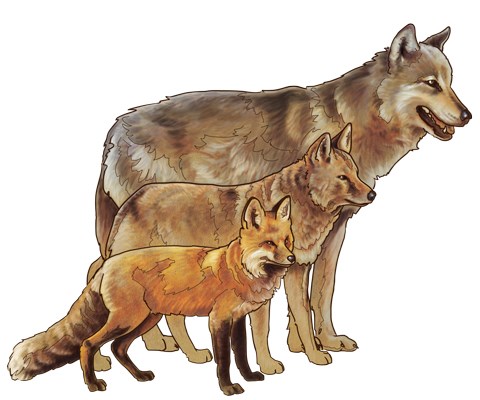
Picture from NPS website.
Nearly 140 wolves were killed by park rangers from 1914 to 1926. In 1926, when the last wolves were killed in Yellowstone, an unintended experiment commenced: What happens to an ecosystem when you remove the top of the food chain?
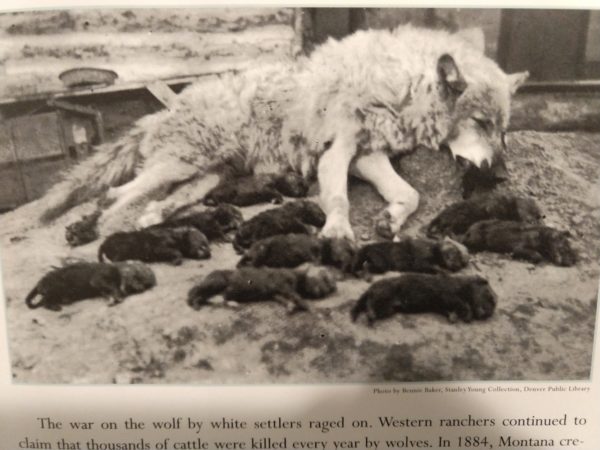
Yellowstone Without the Wolf
Once the last wolves were killed, Yellowstone had no resident wolves for 70 years. As one would expect, this caused the elk and deer population to boom, which caused vegetation to become much more scarce.
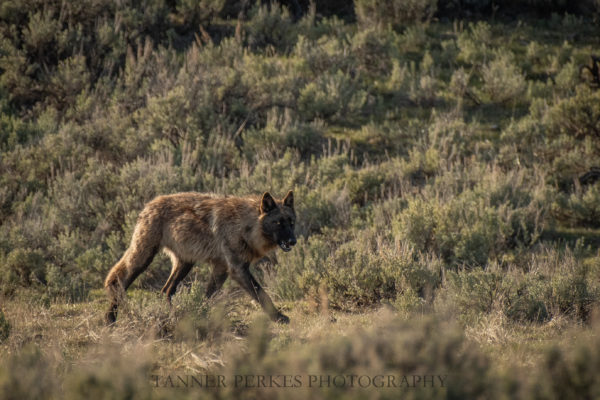
The Wolf Comes Back
During this time, scientists started to study ecosystems and especially predators. Some wildlife researchers proposed that predators actually help their prey evolve stronger by picking out the weak ones. Also, a new idea of a healthy ecosystem emerged: one that is biodiverse (as many different kinds of species of plants and animals as possible) and also as close as possible to what it was like before man got involved. So in 1995 and 1996, 31 wild wolves were captured in Canada and were introduced into Yellowstone. This time researchers knew the effects of removing the wolf. But what happens when we reintroduce it?
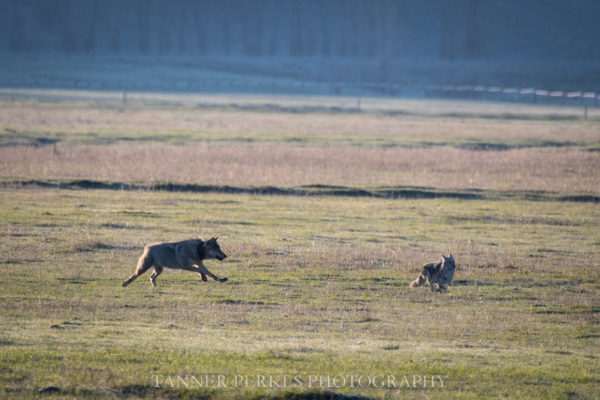
In the 20+ years since the wolves were reintroduced, they have flourished. The elk and deer population have decreased and vegetation has increased. The following fascinating video helps summarize what happened.
This map shows where wolves lived before Europeans came and where they live now (after being restored in Yellowstone).
Wolves Now
Now that we understand ecosystems, wolves enjoy a more positive perception from humans for the most part. One thing humans especially like to do is to watch wolves. They are fun to watch because they display human-like behavior. They sing together, play together, work together and care for young together. They are loyal to their mates and to their families.
Wolves do not care about boundaries that people make and they do leave the Park and kill the livestock of local ranchers. This is understandable a hot topic. According to the Park ranger I talked to, if ranchers can prove their livestock was killed by a wolf, then Yellowstone will reimburse them for the cost of that animal. Also, depending on the area, it is legal for ranchers to shoot a wolf on their property.
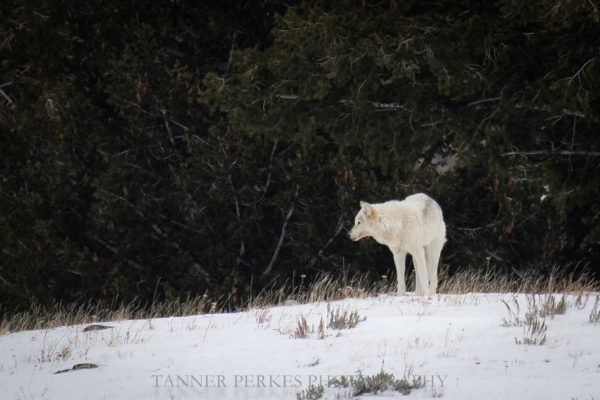
Yellowstone is the best place in the world to view wolves. In Yellowstone today there are 60 wolves in 8 packs. The best place and time in Yellowstone to view wolves is by 9 am in Lamar Valley.
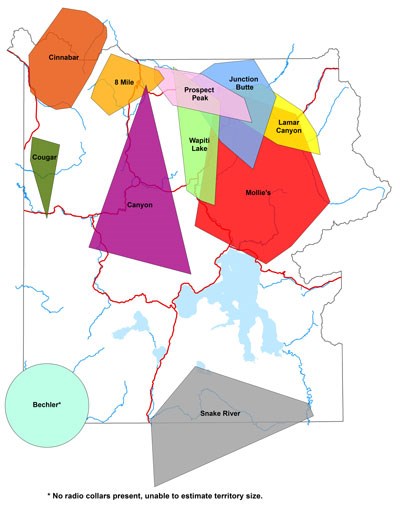
Spotting Wolves
Former Flat Creek Inn employee Connor Kunz had this to say about spotting the wolves. "There is actually a very tight-knit community of wildlife spotters in Yellowstone, mostly retired people, whose whole lives revolve around looking for wildlife. These are people for whom the 47-day limit on camping in the park in one year is an issue to plan around. Each day they scatter through the park and keep each other updated on walkie talkies when they find wildlife. For a while I had the in with them, even knew a couple of them by name--Grizzly Bill was the one I talked to most. One guy had lived in the back of his truck in Yellowstone (for part of each year at least) since 1985."
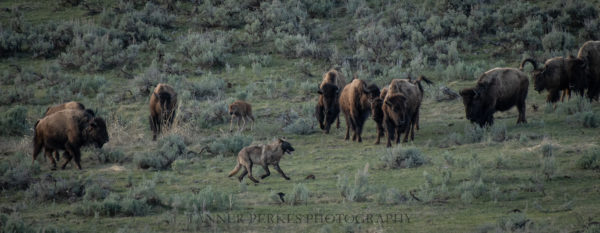
A Key to the Wild
Now that the wolves are back, true wildness has been restored to Yellowstone. It is not a natural wilderness to have the species of prey and not have the predator they evolved with. This is why I am grateful for the wolves. There is something especially healing about nature in the wild. Last time I went to Yellowstone, I felt healed. In addition to no cell phone reception and no social media for 4 days, I was immersed in this unmatched pristine, reverent, and wild environment. I returned home happier, more present, and more in love with the wild animals. Yellowstone is not just a big zoo. Animals kill eachother every day and no one stops it. The wolves are key to Yellowstone's wildness.
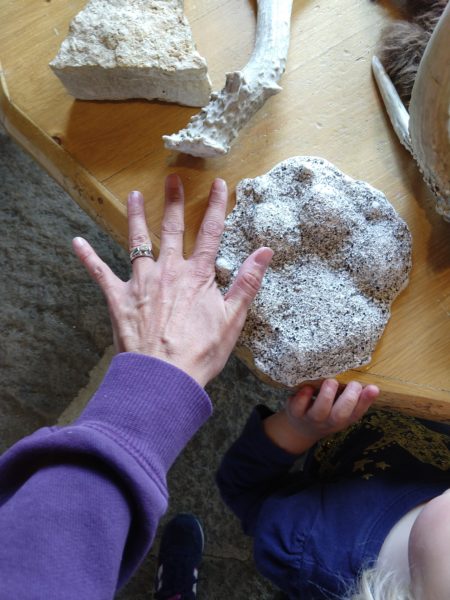
For more information:
The bison have a story somewhat parallel to the wolf in Yellowstone. Learn about them on our most visited blogpost of all time.
Here is a great overview of what the wolves did for the Yellowstone ecosystem, produced by the Park.
Here's an interesting Q and A from a man who has been with the wolves since their reintroduction to Yellowstone.
https://www.nps.gov/yell/learn/photosmultimedia/qa-wolves.htm
This video is fun. It's like spying on the wolves in the Park.
Yellowstone produces a Wolf Report each year. It's like a newsletter of the wolves. It is super interesting. Here is the 2018 one:
https://www.nps.gov/yell/learn/nature/upload/2018-Wolf-Report_web-2.pdf
References:
Once a Wolf: How Wildlife Biologists Fought to Bring Back the Gray Wolf, by Stephen R. Swinburne.

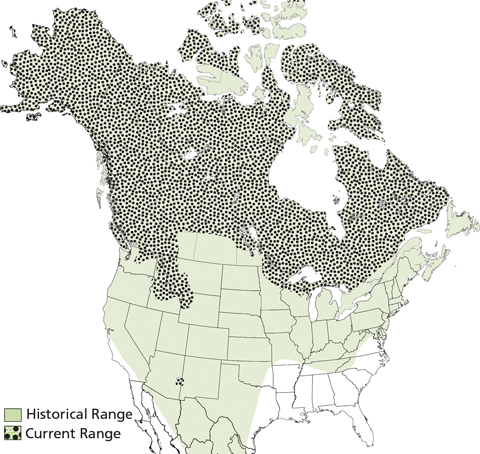

I really enjoyed learning more wbout the wolves. I remember when they were reintroduced and the fear that many felt especially the ranchers. I cant believe that it has been 20 years.